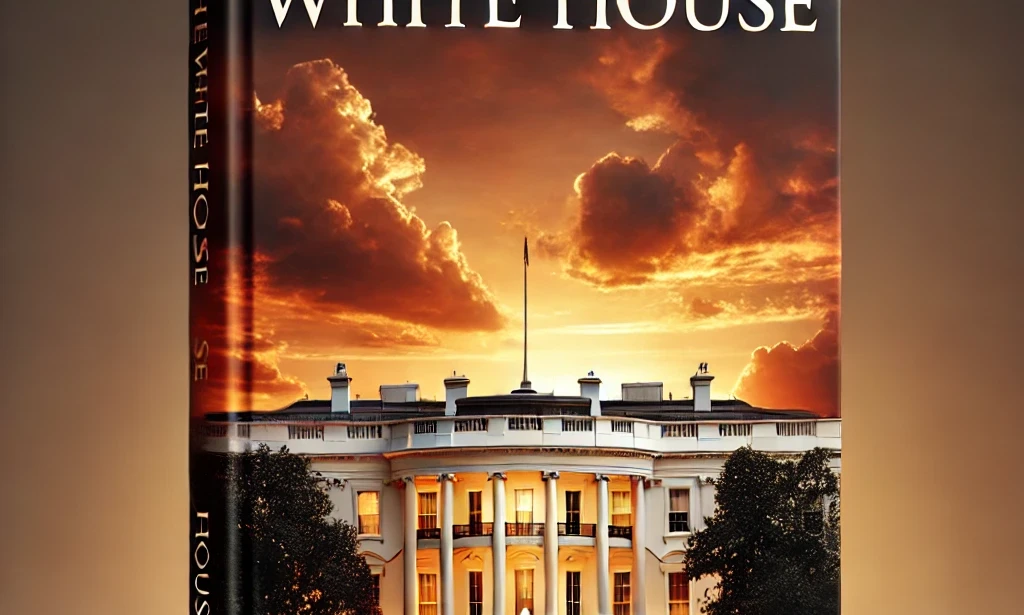The White House, located at 1600 Pennsylvania Avenue in Washington, D.C., is one of the most recognized buildings in the world. As the official residence of the President of the United States, it stands as a symbol of power and democracy. However, beneath its polished exterior lies a history filled with hidden truths and intriguing secrets that many are unaware of.
A History of Reconstruction
The White House as we know it today is not the original structure. During the War of 1812, British forces set the building ablaze, destroying much of its interior. The reconstruction began in 1814 and lasted for three years, giving the White House a new lease on life. Over the centuries, the building has undergone multiple renovations to adapt to modern needs while preserving its historical significance.
Secret Rooms and Hidden Passageways
The White House is rumored to have numerous hidden passageways and secret rooms designed for security and privacy. One of the most famous is the underground bunker, known as the Presidential Emergency Operations Center (PEOC), used during times of crisis. Additionally, there’s a network of tunnels beneath the White House that connect to other government buildings, providing a secure way for the President and staff to move discreetly.
The Ghostly Presence
Over the years, there have been numerous reports of ghostly encounters within the White House. The most famous spirit is said to be that of President Abraham Lincoln. Many visitors and staff, including former First Lady Eleanor Roosevelt, claimed to have felt his presence or seen his ghostly figure in the Lincoln Bedroom. Other apparitions include the ghosts of Abigail Adams and Dolley Madison, adding an eerie layer to the White House's history.
The Secret Service's Role Behind the Scenes
While the Secret Service's primary responsibility is to protect the President, they also manage an intricate security system within the White House. Hidden cameras, bulletproof windows, and advanced surveillance technology are seamlessly integrated into the historic structure. These measures ensure the safety of the President and their family while maintaining the White House’s iconic appearance.
The Private Side of the White House
While the White House is a public symbol of the presidency, it is also a private home for the President and their family. The residence includes 132 rooms, including a bowling alley, a movie theater, and a swimming pool. Despite its grandeur, past presidents have personalized the space to reflect their tastes, making it a home as well as a workplace.
A Witness to History
The White House has been a silent witness to some of the most significant events in American history, from the signing of critical legislation to moments of personal triumph and tragedy for the First Families. It’s a place where history is continuously made, holding secrets that may never fully come to light.
Conclusion
The White House is more than just a building; it is a living testament to America’s history, resilience, and leadership. From its hidden rooms and ghostly tales to its role as a family home and secure fortress, the White House embodies a blend of tradition and mystery. Its secrets may not all be known, but they continue to intrigue and inspire people around the world.

You must be logged in to post a comment.